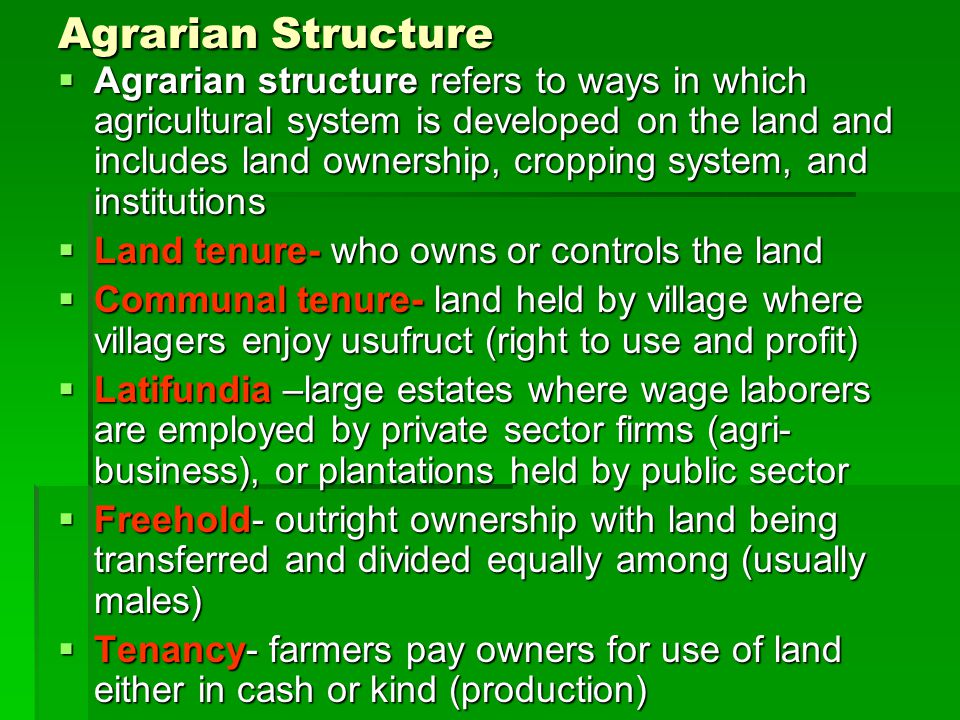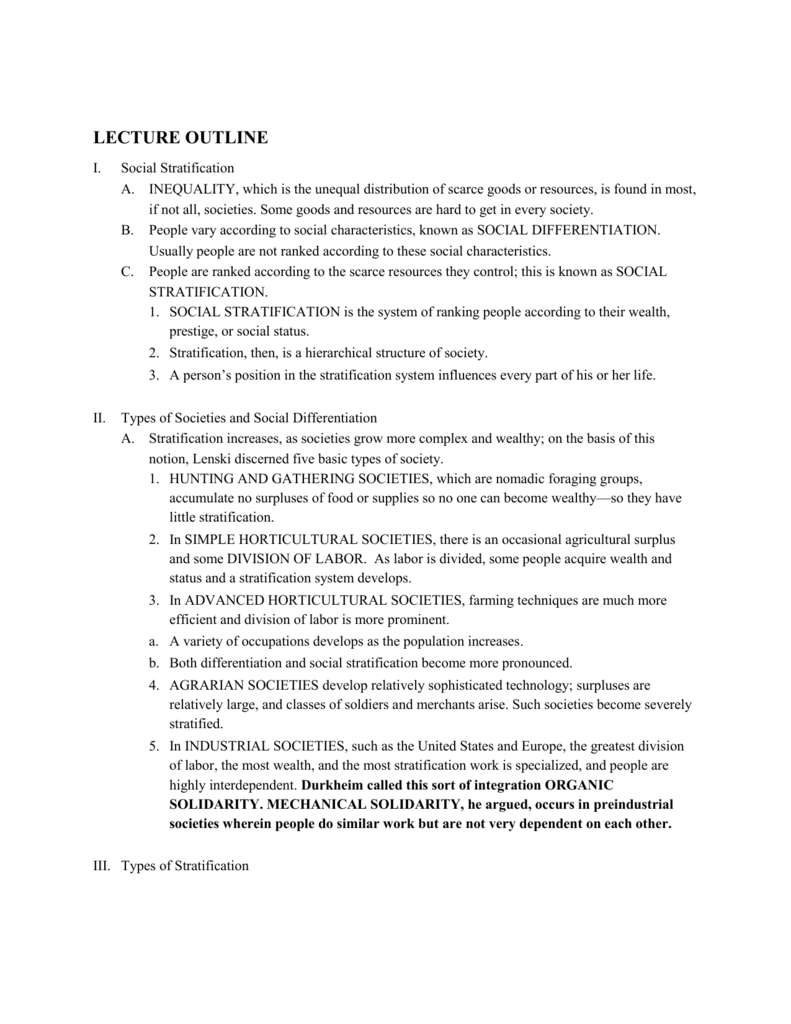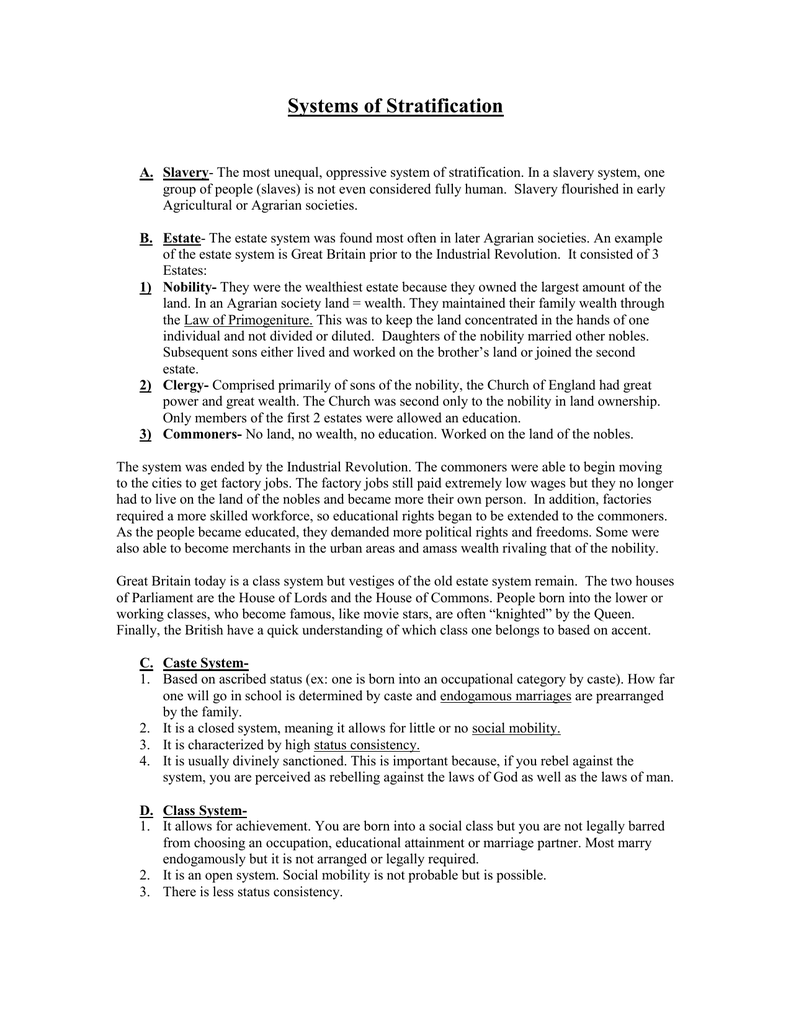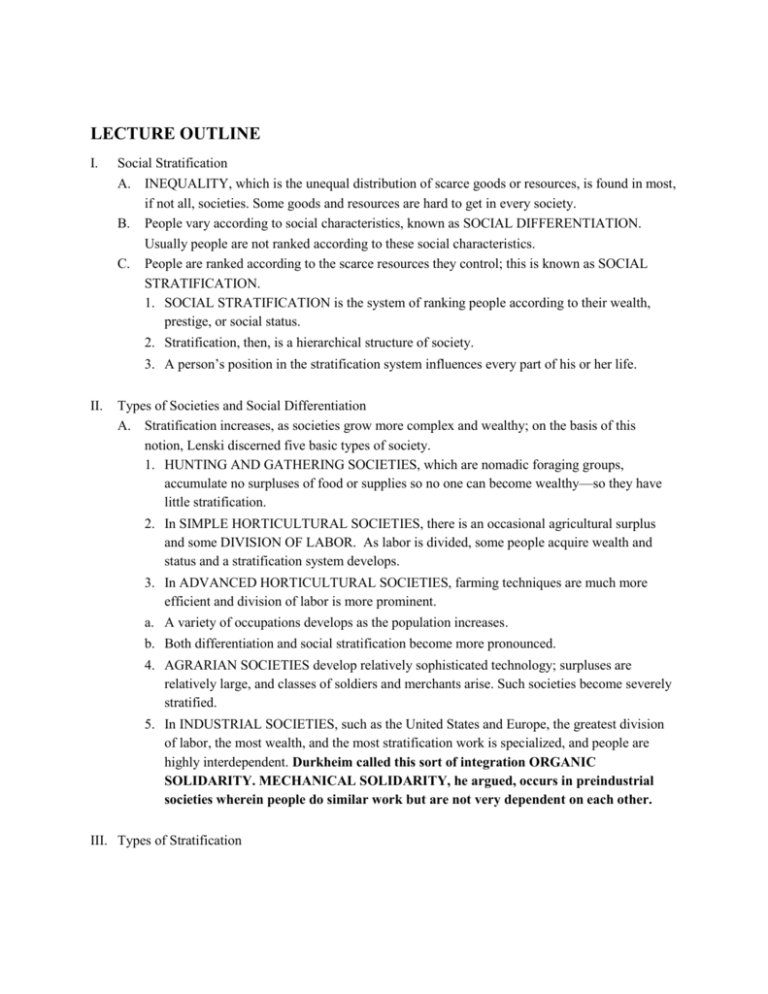Agrarian stratification refers to the hierarchical social structure that exists within an agricultural society. This structure is characterized by the unequal distribution of wealth, power, and status among different groups within the society. Agrarian stratification can be caused by a variety of factors, including land ownership, access to resources, and technological innovations.
At the top of the agrarian stratification hierarchy are the landowners, who have the most wealth and power. These individuals may own large estates or farms, and often have access to the most advanced technologies and resources. They are able to use their wealth and power to influence political and economic decisions, and often have a great deal of social status as well.
Below the landowners are the small farmers or peasants, who often own smaller plots of land or work as laborers on the land of the wealthy landowners. These individuals typically have less wealth, power, and status, and may struggle to make a living from their agricultural pursuits. They may also be vulnerable to exploitation by the wealthy landowners, who may pay them low wages or charge high rent for the use of their land.
There are also other groups within agrarian societies that may occupy a lower position in the stratification hierarchy. For example, there may be indigenous or tribal groups who have been displaced from their land and are now working as laborers on the land of the wealthy landowners. These individuals may have even less wealth, power, and status than the small farmers, and may face discrimination and marginalization.
Agrarian stratification can have significant impacts on the social, economic, and political dynamics of a society. It can lead to a concentration of wealth and power in the hands of a small group of individuals, which can result in inequality and social unrest. It can also limit the opportunities and mobility of those in the lower strata of society, and may prevent them from improving their economic and social standing.
In order to address agrarian stratification, it may be necessary to implement policies and programs that promote land reform and economic equality. This could include initiatives that provide land and resources to small farmers and disadvantaged groups, and efforts to improve the education and skills of these individuals. It may also involve measures to regulate the actions of the wealthy landowners and prevent them from exploiting those in the lower strata of society.
Overall, agrarian stratification is a complex and multifaceted issue that has significant implications for the social, economic, and political dynamics of agricultural societies. Addressing this issue requires a nuanced and holistic approach that takes into account the needs and interests of all stakeholders, and works to promote greater equality and opportunity for all members of society.








